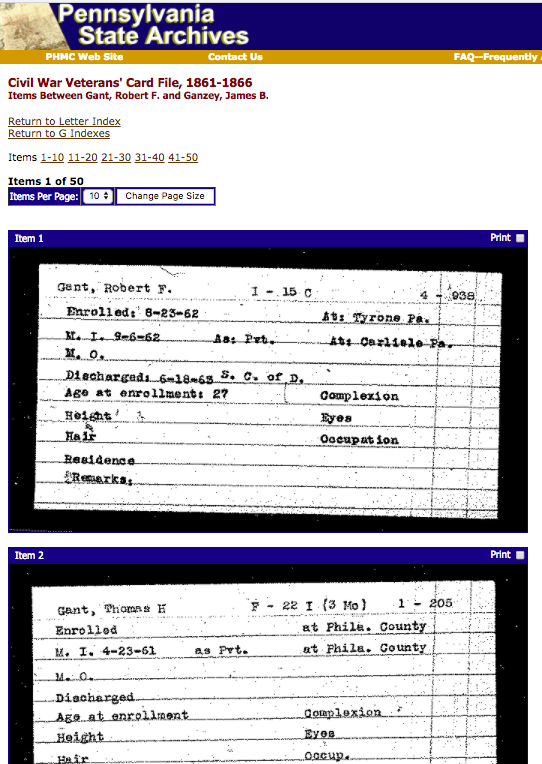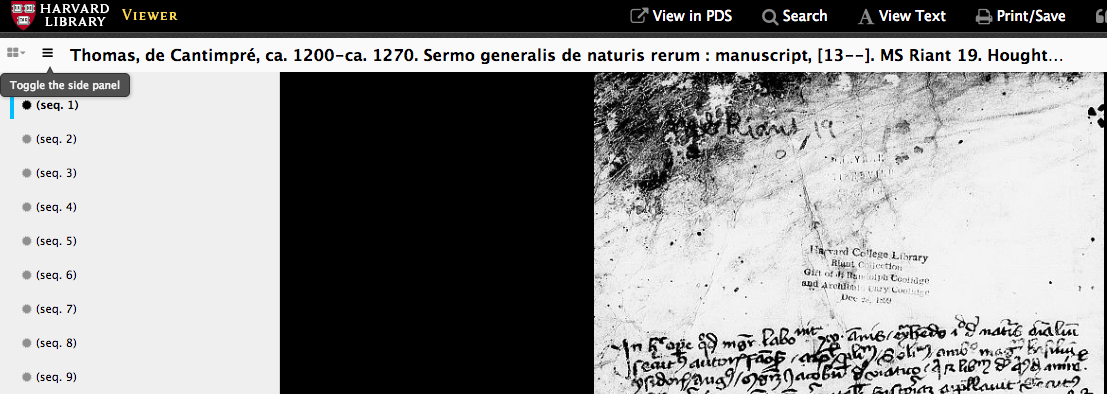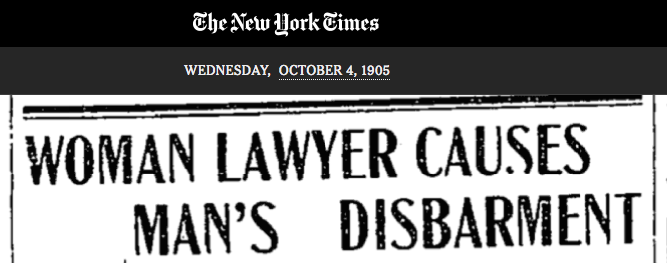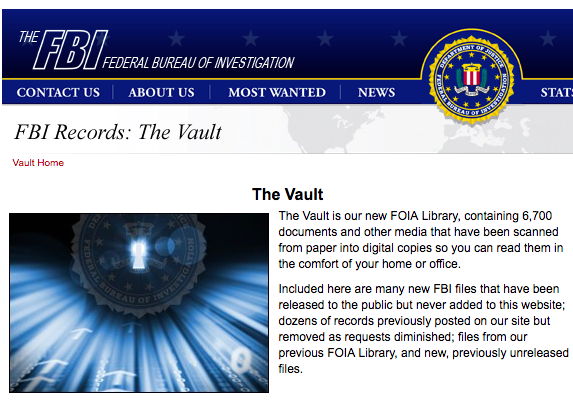What we call “digital archives” range from easily searchable websites to institutional repositories to databases. This post focuses on digital archives that embed artifacts (whether documents or other forms of media) as non-HTML objects on a website. Four main challenges confront researchers who cite artifacts in such archives: identifying a useful description when a title for the item is lacking, clearly directing the reader to a relevant section of the work, knowing how many details to provide about the archive holding the work, and determining the title of the source’s container.
Example 1
In the example below, for a digital archive collecting Pennsylvania State’s file cards of civil war veterans, an alphabetical range of ten cards appears on each page. In other words, ten works appear on the same page and with the same URL:

Each object in this digital archive is an individual work, yet objects do not have unique identifiers, like DOIs or URLs. Since each card is numbered, however, you can provide the number in your works-cited-list entry as a final supplemental element so that the reader can locate the card you cite and distinguish between cards of persons with the same name. For example, if you want to cite the card for William Gant, listing “Item 6” at the end of your entry will tell your reader that the card is item 6 on the website documented.
Since the cards lack formal titles, a description should be used in the Title of Source element:
Civil war veterans’ card for William Gant. Pennsylvania State Archives, www.digitalarchives.state.pa.us/archive.asp?view=ArchiveItems&ArchiveID=17&FL=G&FID=1185185&LID=1185234. Item 6.
Example 2
The work cited below, a digitized manuscript for Thomas de Cantimpré’s Sermo generalis de naturis rerum, is embedded on a website titled Harvard University and displayed through a viewer:

Your entry would thus include Harvard University, the title of the website, as the title of the container. Noting that you are using a viewer to see an embedded object by naming it is not usually necessary and, here, should not be treated as part of the container title:
Thomas de Cantimpré. Sermo generalis de naturis rerum. Fourteenth century, Harvard U, Houghton Library, Cambridge, Massachusetts, MS Riant 19. Harvard University, iiif.lib.harvard.edu/manifests/view/drs:45440668$1i.
To cite a particular page of the manuscript, include the image number—labeled “seq.”—in your in-text citation, since an entire book-length work appears on the site.
Example 3
The work cited below, a digitized article on the New York Times website about the early-twentieth-century lawyer Mary Quackenbos, can be found by searching the website for The New York Times or its database and viewer, TimesMachine:

Regardless of how you found the article, when you click through to it, you are on a site titled The New York Times:

Your works-cited-list entry would appear thus:
“Woman Lawyer Causes Man’s Disbarment.” The New York Times, 4 Oct. 1905, nyti.ms/2v0zH5p.
Example 4
The works-cited-list entry below, for an FBI file found online, begins with the title of the document. It then includes a description of the file in the Title of Container element, followed by pertinent publication details—here, part and document numbers and a date. The second container includes the name of the website as the title of the container, the publisher of the site, and the URL. As always, key your in-text citation to the first element of the work-cited-list entry and provide the page number of the document you are citing:
An FBI report notes that in an interview Langston Hughes “told of the heroic work of the many Negroes from the United States in Spain’s fight against General Franco” (“Langston Hughes” 3).
Work Cited
“Langston Hughes.” FBI file for Langston Hughes, part 4, document no. 100-25776, 4 Oct. 1944. The FBI: Federal Bureau of Investigation, US Department of Justice, vault.fbi.gov/langston-hughes/langston-hughes-part-04-of-04/view.
Even though the title of the archive has a name—The Vault—the website you are on is titled The FBI: Federal Bureau of Investigation, and so it is the title of your container.

To learn how to cite an artifact from an archive you visit in person, see our post on citing material from physical archives and collections.
2 Comments
Sylvester 21 August 2021 AT 04:08 AM
how does MLA write it's Bibliography page
E. Christine 03 October 2025 AT 12:10 PM
I am accessing birth-, death- and marriage records in the Parisian archives, which are mostly online. However, once you have found the actual record, the link is superlong. Would you have to put the entire link in your "Works Cited"? Just giving providing the birthdate, arrondissement in Paris and record number would allow anybody to access the record. Would you really have to provide the rather cumbersome link? Thank you.
Join the Conversation
We invite you to comment on this post and exchange ideas with other site visitors. Comments are moderated and subject to terms of service.
If you have a question for the MLA's editors, submit it to Ask the MLA!